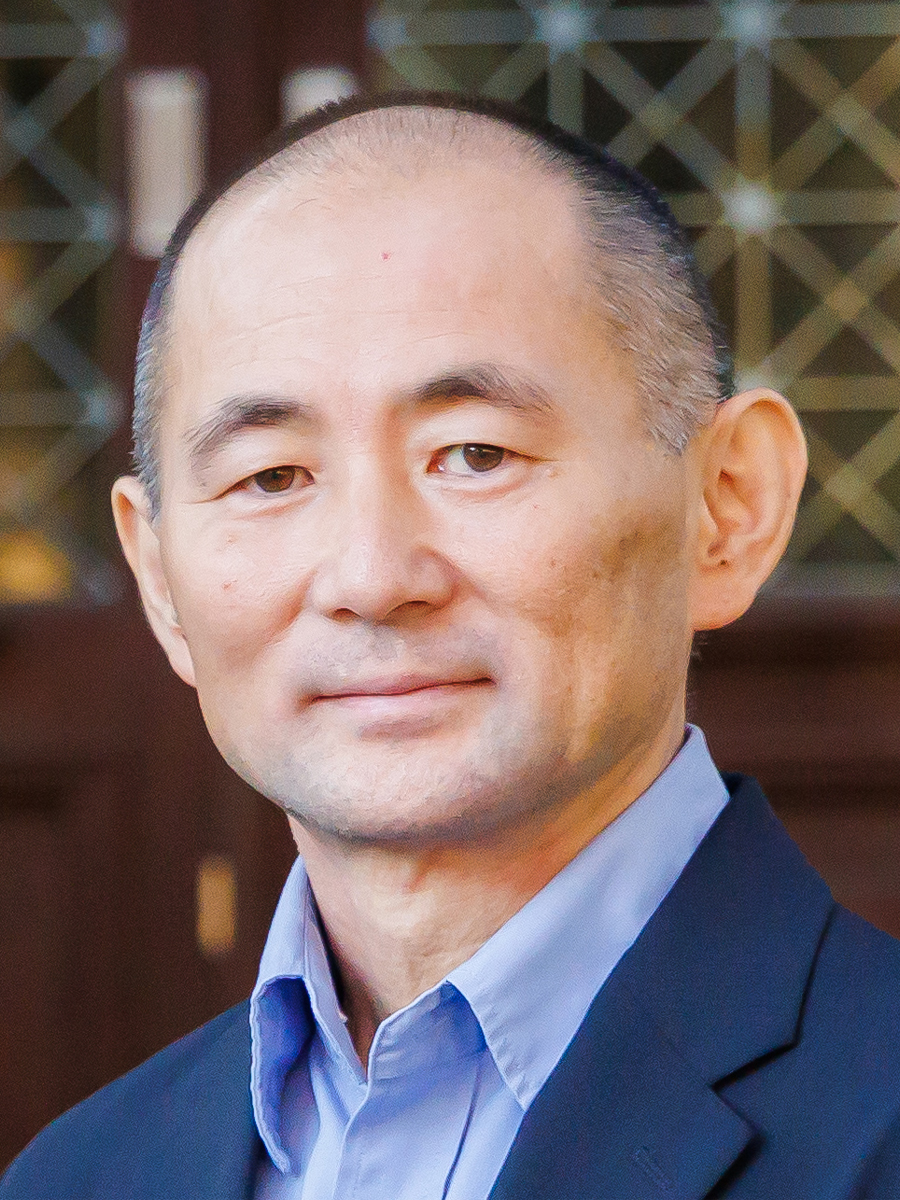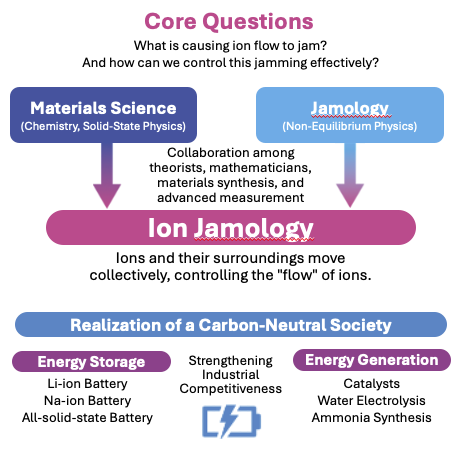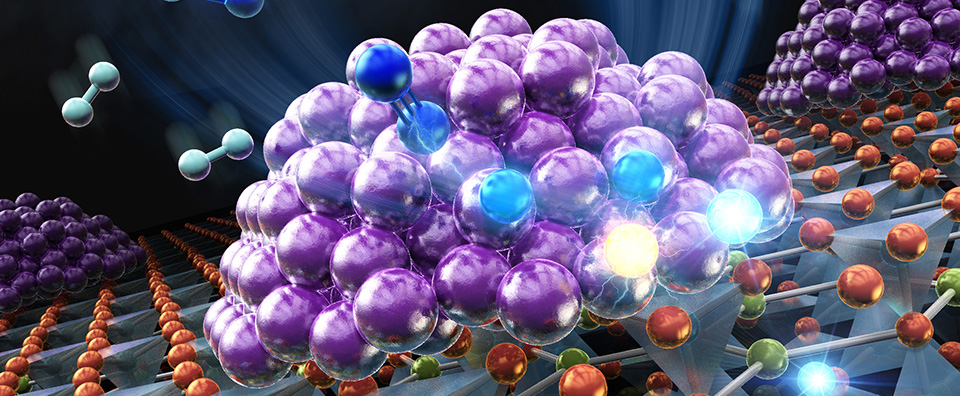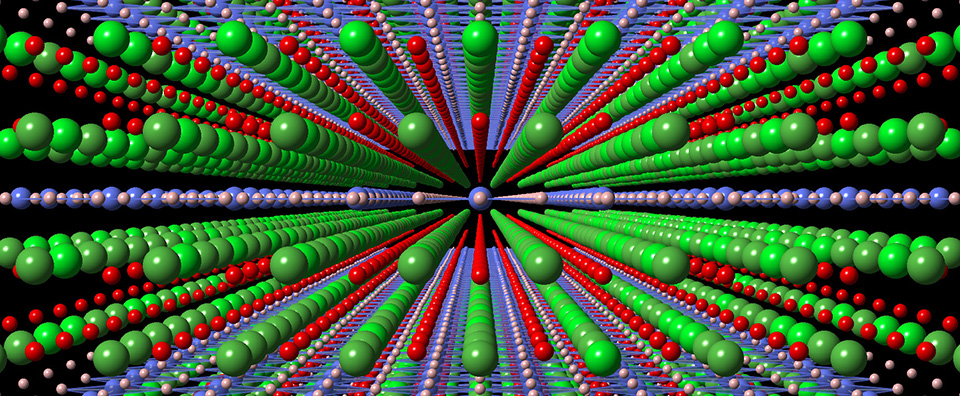Greetings

Go Forward! Challenge!!
Whenever I start a new challenge, I find myself at a loss. To start the Ion Jamology project, how should I unite everyone's efforts to integrate mathematical and materials sciences? How should I demonstrate leadership to open up a new academic field? Can I fulfill my responsibilities as a project leader? It feels like I am walking through a fog filled with uncertainty.
I have previously challenged many projects. Each time, I looked up at the sky in despair. If we do not continue to challenge ourselves without a fear of failure, we cannot explore new paths. Even if we fail, we can always learn from those experiences.
During my time at Tohoku University, I encountered the intersection of Mathematical and Materials Sciences. I still clearly remember my confusion when I first heard these words. But now, I can see the future that can arise from the intersection. Although the complete picture is still not visible, I want to explore this path together with you. I have been trying to merge these fields through my efforts, and I wish to fully leverage those experiences going forward.
The most important aspect of this research area is "enjoying research." Let us enjoy new discoveries with curiosity! Let us push forward with an open mind and a broad perspective. Fortunately, our research area has enthusiastic and energetic members whose presence provides me with great support.
I believe that this approach will inspire students and young researchers, leading to academic transformation and materials development.
Go Forward!
April 1, 2024 Taro Hitosugi
Research Outline

Research on the interactions between ions and their surroundings has been gaining attention to improve the properties of battery materials and catalysts, where the ion flow contributes to their excellent functionalities. In these materials, it is increasingly clear that rapid and flexible changes in crystal lattices or clusters of atoms and molecules facilitate ion flow, leading to enhanced functionality. However, a theoretical framework has yet to be established for accurately understanding and controlling the collective ion motion (ion flow) and the various interactions involved.
Conventional theories of ion flow have been based on the assumption that "ions can move independently with no interaction." This assumption holds only when ion density is low, making it insufficient to accurately describe the high-density ion flows observed in real materials. As ion density increases, the interactions between ions can no longer be ignored. To address this, we focus on jamology, a branch of mathematical sciences that is essential for transportation and logistics, dealing with the collective movement and flow of entities like cares and people. The "Ion Jamology" proposed in this field is based on non-equilibrium statistical mechanics, which replaces cars and people with ions while incorporating interactions among these ions. We seek to revolutionize conventional materials and chemical research through collaborative efforts across computation and mathematics (A01), material synthesis (A02), and advanced measurement (A03).
Partnership Projects
Contact
Email : office"-at-"ion-jamology.jp
(Please change "-at-" to @, and send it)










